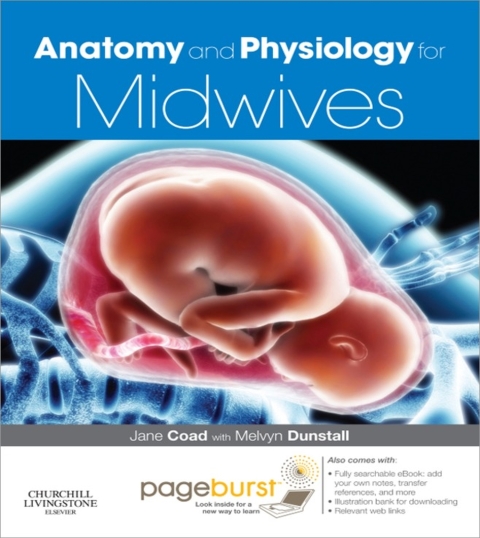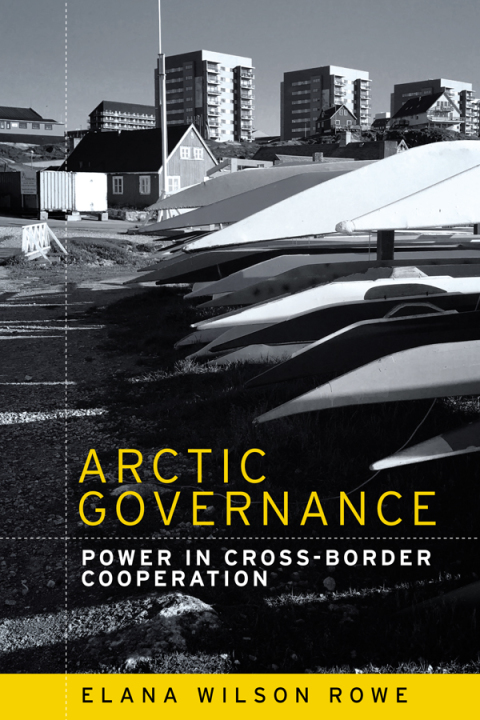Description
Efnisyfirlit
- Cover image
- Title page
- Table of Contents
- Copyright
- Preface
- Acknowledgements
- Abbreviations
- Chapter 1: Introduction to physiology
- Introduction
- The cell
- Cells and tissues
- The structural organization of the body
- Metabolism
- Chapter 2: The reproductive and urinary systems
- Introduction
- The urinary system
- The female reproductive tract
- The male reproductive tract
- Gametogenesis
- Chapter 3: Endocrinology
- Introduction
- What is endocrinology?
- The evolution of endocrinology
- Classification of hormones
- Hormone transport
- Hormonal regulation
- Hormone action
- Endocrine glands, hormones and reproduction
- Fetal endocrinology
- Chapter 4: Reproductive cycles
- Introduction
- The follicular phase
- The luteal phase
- Regulation of gonadotrophin secretion
- Cyclical effects of oestrogens and progesterone
- Menstruation
- Hormonal causes of infertility
- Artificial control of fertility
- Menopause
- Chapter 5: Sexual differentiation and behaviour
- Introduction
- Differentiation into male and female
- The development of the male morphology
- The development of the female morphology
- Indeterminate sex
- Sexual behaviour
- Chapter 6: Fertilization
- Introduction
- Coitus
- The gametes
- Stages of fertilization
- Development before implantation
- Parental imprinting
- Twins
- Implantation
- Maternal recognition of the pregnancy
- Causes of infertility
- Assisted reproductive technology (artificial fertilization)
- Chapter 7: Overview of human genetics and genetic disorders
- Introduction
- A brief history of genetics
- Genes and chromosomes
- The structure of DNA and RNA
- DNA replication and cell division
- The genetic message
- Mutation
- Meiosis
- Autosomes and sex chromosomes
- Prediction of genetic outcomes
- Characteristics of different types of inheritance
- Chromosomal abnormalities
- Epigenetics and imprinting
- Genetic screening
- Evolution
- Chapter 8: The placenta
- Introduction
- Uterine receptivity
- Implantation
- Differentiation into cytotrophoblast and syncytiotrophoblast
- Extravillous cytotrophoblast and remodelling of the uterine vessels
- Vascularization of the placental villi
- Development of the discoid placenta and chorionic membrane
- Development of the amnion (inner membrane)
- Growth and maturation of the placental villi
- Placental blood flow
- Placental transport mechanisms
- Placental hormone production
- The allantois and yolk sac
- The placenta at term
- Examination of the placenta
- Chapter 9: Embryo development and fetal growth
- Introduction
- Week 2
- Week 3
- Weeks 4–8: organogenesis
- Ninth week to birth: fetal period
- Development of organ systems
- Chapter 10: Overview of immunology
- Introduction
- The evolution of the immune system
- Overview of the immune system
- The immune system in pregnancy; acceptance of the fetus
- Effects of pregnancy on the immune system
- Fetal and neonatal passive immunity
- Vulnerability of the neonate
- Other immunological aspects of pregnancy
- Chapter 11: Physiological adaptation to pregnancy
- Introduction
- Endocrine changes in pregnancy
- The reproductive system
- The cardiovascular system
- The respiratory system
- The renal system
- The gastrointestinal system
- The skin and appearance
- The skeleton and joints
- Vision
- The nose and larynx
- Sleep
- Carbohydrate metabolism
- Chapter 12: Maternal nutrition and health
- Introduction
- Overview of nutrition
- Preconceptual nutritional status
- Non-nutritional factors affecting reproductive function
- Nutritional requirements in pregnancy
- Undernutrition in pregnancy
- Maternal obesity
- Lifestyle issues
- Chapter 13: Physiology of parturition
- Introduction
- Stages of labour
- The uterus at term
- Initiation of parturition
- The timing of parturition
- The evolutionary context of human labour
- The first stage of labour
- The second stage of labour
- The third stage of labour
- The effects of labour on maternal physiology
- Nutrition in labour
- The effects of labour on the fetus
- The fetal skull and fetal presentation
- Pain in labour
- Position in labour
- Chapter 14: The puerperium
- Introduction
- Physiological and structural changes
- Lochia
- Sleep
- Psychological state
- The role of the midwife
- Complications of the puerperium
- Chapter 15: The transition to neonatal life
- Introduction
- The cardiovascular system
- The respiratory system
- Temperature regulation
- The neonatal liver
- The gastrointestinal system at birth
- The kidneys
- The nervous system
- Sleep and behavioural states
- The skin and immune system
- Normal neonatal transition
- Initial examination of the newborn
- Chapter 16: Lactation and infant nutrition
- Introduction
- Anatomy of the breast
- Breast growth and development
- Physiology of lactation
- Suckling and milk transfer
- Involution
- Problems associated with lactation
- Inhibition of fertility
- Maternal behaviour
- Nutrition of the lactating mother
- Infant nutrition and the composition of human milk
- Immunological properties of human milk
- Formula feeding
- Weaning
- Glossary
- Index







Reviews
There are no reviews yet.